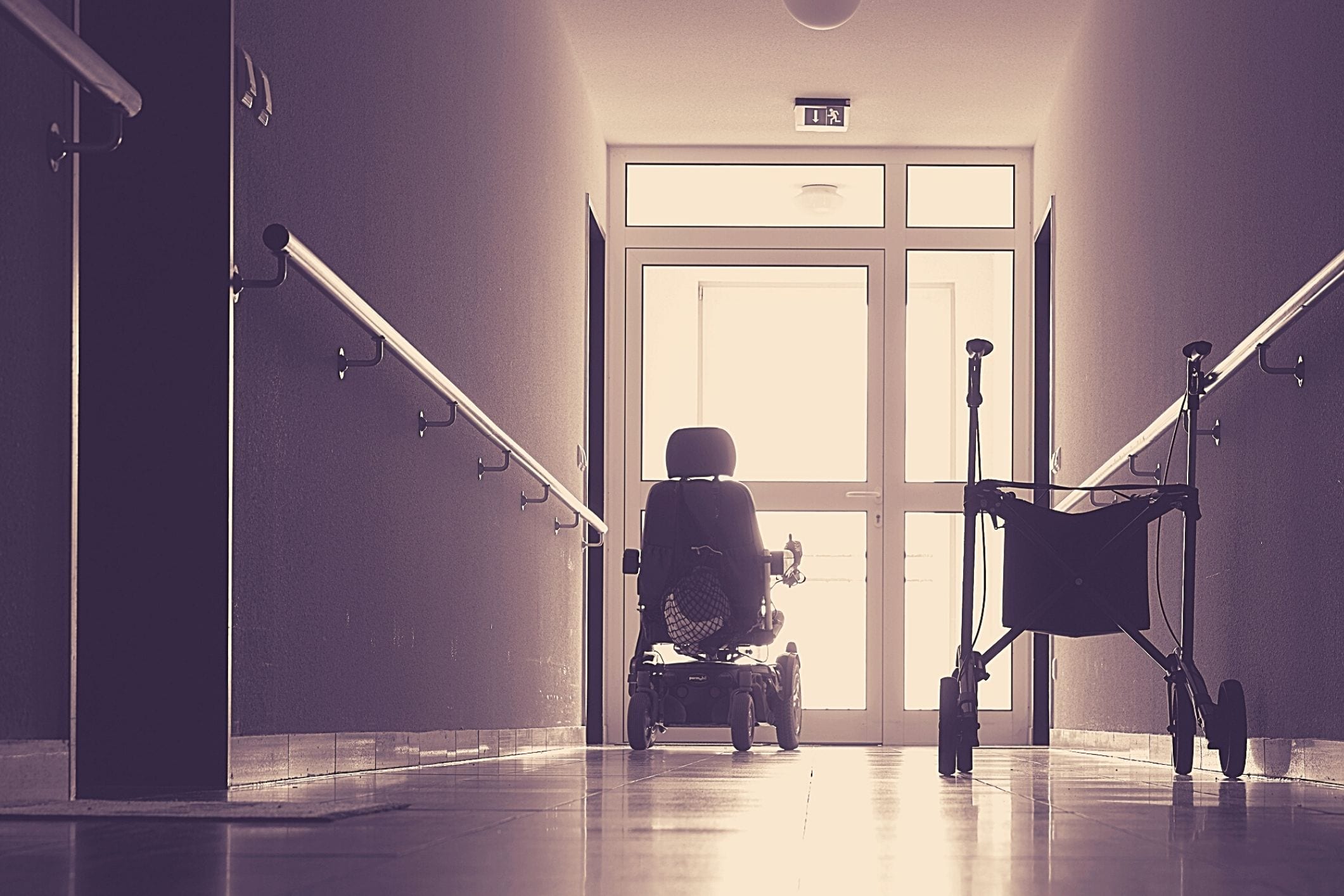
Aged care providers are being asked to register as NDIS providers so that they can continue to care for residents under the age of 65, raising questions about the government’s ability to deliver on its promise to have no residents under that age living in aged care homes by 2025.
Anton Hutchinson, whose family has owned and operated Canberra Aged Care for more than 30 years, told HelloCare it is already widely accepted that aged care staff are overworked and studies have shown the majority of aged care homes are running at a loss.
Yet, the government is asking providers to take on an added layer of NDIS administrative and regulatory responsibility to care for residents the providers have already been supporting for years.
Complying with NDIS requirements would require a “massive” addition to workloads, and more senior staff would have to be hired, adding costs of around $200,000 to the business, which is already operating at a loss, Hutchinson added.
“It’s just not realistic,” he shared.
Late last year, Aged Care Minister Richard Colbeck said the government’s Younger People in Residential Aged Care strategy aimed to have no people under the age of 65 living in residential aged care by 2025.
Could having aged care homes qualify as NDIS providers be an attempt to circumvent this goal?
“That’s exactly what they are doing,” Hutchinson said.
Canberra Aged Care is currently home to around five residents under the NDIS, Hutchinson explained.
These residents currently have “the best of both worlds”. They have accommodation and care as funded under the aged care package, and in addition they have daily NDIS interventions, such as being taken for an extra walk, or being given their meal by an NDIS carer, rather than family or the home’s carers.
“We are quite prepared to continue as we have and provide accommodation and all manner of care with visiting NDIS,” Hutchinson explained.
“We are happy to do this long or short term but we aren’t prepared to be bullied into an alternative field with huge cost and zero return,” he added.
Hutchinson believes NDIS providers are “cherry picking” care recipients, leaving the most high-need cases living in aged care homes.
“NDIS has cherry picked the residents that are easily accommodated in a flat or unit,” Hutchinson stated, often meaning the ‘clients’ are left somewhat “alone”, removed from friends, neighbours and staff in the aged care homes, who often become “as close as family”.
Canberra Aged Care’s highest-needs NDIS residents have continued to live at the home, Hutchinson observed.
Hutchinson says aged care providers have not been asked if they want to take on the NDIS regulatory requirements, the decision has been “forced” upon them.
“We weren’t asked if we wanted to change our business. We weren’t asked if we had the workforce or if we were financially able to meet the extra staff and compliance cost. We were told,” he revealed.
“It is… stupid and unreasonable,” he added, noticeably upset.
Hutchinson would like his home to be exempt from having to comply with the NDIS requirements because it does not have enough staff to take on the extra administrative burden, and because of the additional costs of staffing and training, and employing NDIS consultants.
LASA CEO, Sean Rooney, told HelloCare that a “significant number” of its members are concerned about NDIS clients in aged care.
“They believe the new rules are costly and duplicative,” Rooney shared.
“Providers are wanting to do the right thing for all of their residents but there are indications that the dual system is untenable for many providers.”
Rooney suggested providers may refuse to care for high-needs NDIS clients if the extra requirements are forced upon them.
LASA is in discussions with the government on this matter.
“I have worked in the residential aged sector since 1982 and never have I been more confused about why I’m still doing this,” Hutcinson concluded.
Aged Care Minister Richard Colbeck told HelloCare, “The Federal Government is committed to ensuring younger people can move to more age-appropriate support.
“The number of people aged under 65 years in Residential Aged Care has reduced from over 6000 in 2017-18 to 4,588 at September 30, 2020.
“Aged care providers which were providing permanent residential care to NDIS participants (regardless of age) as of November 30, 2020, were automatically deemed to be NDIS providers from December 1, 2020 – and as a result, are required to meet the NDIS regulatory arrangements,” Colbeck continued.
“This ensures the same protections are afforded to NDIS participants regardless of the setting in which they receive care.
“To assist affected providers to adjust to a dual regulatory model, phased transitional arrangements are in place in regard to NDIS provider registration, worker screening and behaviour support,” Colbeck explained.
“Further, the NDIS Commission and Aged and Community Services Australia have been working with providers to assist them in understanding their obligations as part of their NDIS registration.
“If current trends continue, the Government is confident its targets will be met.
But the minister says the government will stick to its commitment to have no person under the age of 65 living in an aged care home by 2025.
“The requirement for residential aged care providers supporting NDIS participants to become registered NDIS providers from December 1, 2020 was to ensure the same protections are afforded to NDIS participants, regardless of the setting in which they receive care. It will not be used as a way of re-defining the circumstances of younger people in residential aged care so that the targets are met by a re-definition,” Colbeck added.